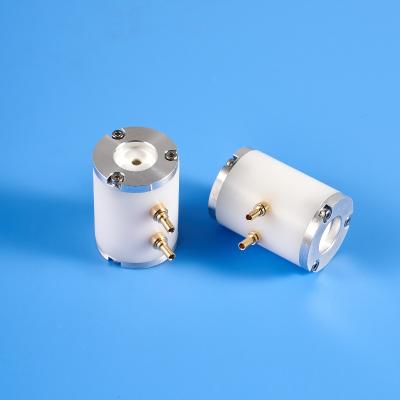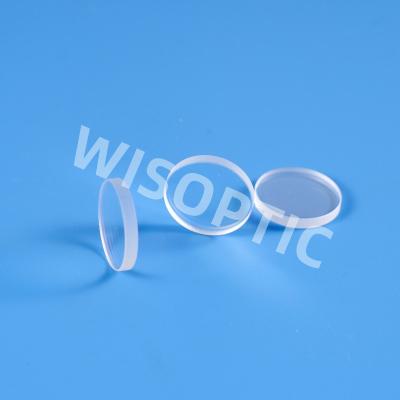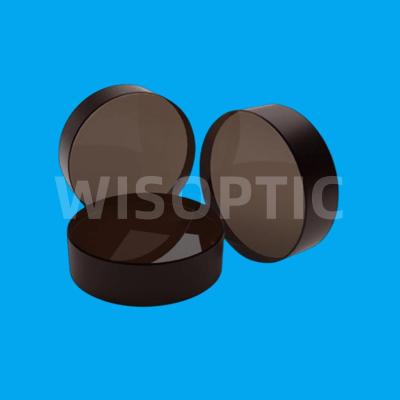Tracking and understanding laser damage events in optics - Part 01
In 1962, the American scientist McClung F J reported for the first time that the silver mirror of the ruby laser resonator had hole burning damage, which was the first public report on the laser damage of optical components. The subsequent invention of Q-switching technology and mode-locking technology increased the peak power of laser pulses by several orders of magnitude. The problem of laser damage runs through and affects the design and operation of lasers, and promotes the development of optical materials and optical component manufacturing technologies. In the 1960s, the engineering construction of laser inertial confinement fusion proposed by the United States was the starting point for systematic research on laser damage of optical materials as a discipline. Since 1969, the Society of Photo-Optical Instrumentation Engineer (SPIE) has established the annual conference on laser damage of optical materials, which is an important platform for scientists from all over the world to exchange scientific research progress in this field. It has been held every year by the National Institute of Standards and Technology (NIST) of USA for more than 50 sessions so far. These studies have successfully solved the various laser damage problems faced in the construction process of a series of large laser devices from Shiva, Nova, Beamlet to NIF.
Laser-induced damage on windows of DKDP Pockels cell-WISOPTIC
The core issue of laser damage is the absorption mechanism of optical components, that is, in what way and through which channels laser energy is transmitted to optical components. Only when energy is transferred between the laser and the components can laser damage occur. The laser absorption process of optical components is complex and closely related to material properties and laser parameters. There are mainly two absorption mechanisms: thermal absorption and nonlinear absorption. The duration of laser pulses is the main factor determining the absorption mechanism. In terms of heat absorption, in 1970, the defect-induced damage model proposed by Hopper R W and Uhlmann D R explained that various defects introduced by the manufacturing process in transparent materials are the source of laser damage induced by heat absorption. Defect control has become the key factor for the improvement of the anti-laser damage performance of optical components, which lays the theoretical basis for the heat absorption mechanism. The impurity-induced damage model can evaluate the laser damage threshold of materials, and the plasma thermal explosion mechanism induced by impurity defects largely determines the damage size induced by thermal absorption. In 2010, Carr et al. proposed the absorption wavefront model to explain the relationship between impurity-induced damage size and laser parameters. In terms of nonlinear absorption mechanism, the multiphoton ionization model proposed by Bloembergen N and the avalanche ionization theory proposed by Epifanov A S explain that when the laser pulse duration is short enough to complete the transfer of laser energy to the material system through thermal absorption, the main physical process of ionizing electrons by photons to metallize the transparent materials has become the theoretical basis for ultrashort pulse laser-induced damage to optical materials. Photoionization includes multiphoton ionization and tunneling ionization. Keldysh theory is the most widely used in theoretical simulations of photoionization because it can calculate the absorption rate of all orders of multiphotons. Its analytical solution can easily calculate multiphoton ionization, and its numerical solution is more accurate in computing tunneling ionization. The free electrons generated by photoionization continue to absorb laser energy through the reverse Bremsstrahlung mechanism and collide with other ions. Therefore, it is generally believed that the combination of Keldysh theory of photoionization and Drude model of collisional ionization can predict the damage threshold of materials more accurately.



